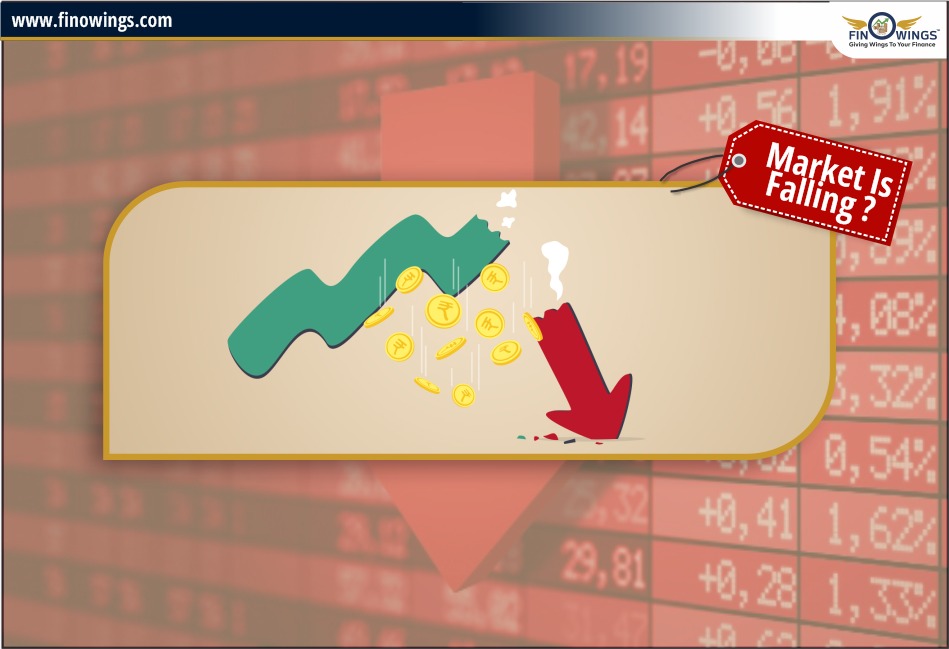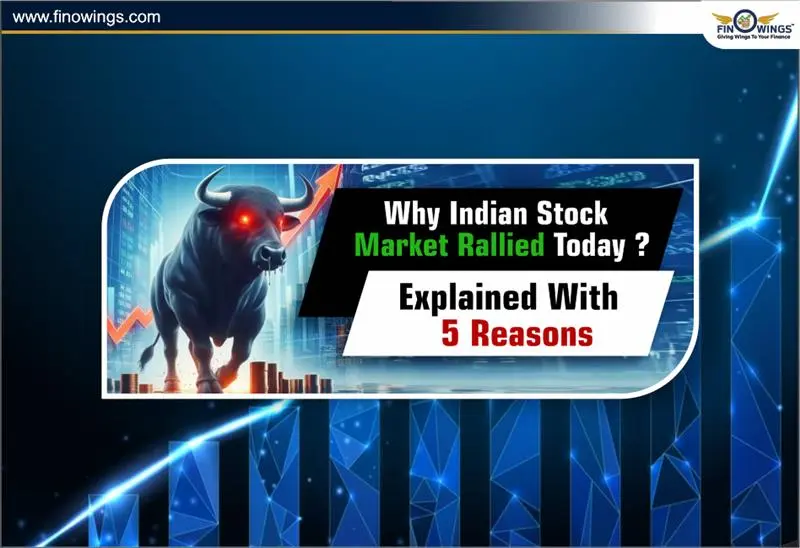Home >> Blog >> Why stock market is falling? Top Reasons Explained
Why stock market is falling? Top Reasons Explained

Table of Contents
The Nifty and Bank Nifty Decline: A Closer Look
The recent stock market turmoil has been a cause of concern for many investors, with the Nifty and Bank Nifty experiencing a significant decline over the past few days. As we delve deeper into the reasons behind this market crash, it's essential to understand the dynamics at play and the potential implications for investors.
Nifty: Finding Support and Navigating the Downtrend
The Nifty, the benchmark index of the National Stock Exchange (NSE), has been on a downward trajectory, with the market facing a series of challenges. The first support level for the Nifty is around 21,750, and the second support level is around 21,700. These levels represent critical price action edges where the market's direction will be determined.
The low of the recent candle formation stands at 21,710, indicating a potential test of these support levels. It's crucial to monitor the market's behavior around these support zones, as they will play a pivotal role in shaping the future trajectory of the Nifty.
Bank Nifty: Breaching Key Support Levels
The Bank Nifty, which tracks the performance of the banking sector, has also witnessed a significant decline. The support level of 47,700 has been broken, and the index is now trading around the 46,500 level. This breakdown of the support level has turned it into a resistance, and the next support for the Bank Nifty is around 46,500.
The price action analysis on both the Nifty and Bank Nifty suggests that the market is facing a challenging environment, with the potential for further downside if the support levels are not held.
Reasons Behind the Stock Market Crash
As we analyze the factors contributing to the current market turmoil, several key reasons emerge:
1. Declining Voter Turnout in Elections
The data shows that the voter turnout in the ongoing elections has declined compared to the 2019 elections, which had the highest voter turnout in India's history. This decline in voter participation has raised concerns and is seen as a potential catalyst for the market's downward movement.
2. FII Selling Pressure and Bond Yields
Foreign Institutional Investors (FIIs) have been net sellers in the Indian market, offloading around ₹35,000 crores in the last four months. This selling pressure is primarily driven by the increasing bond yields in the United States, as FIIs tend to shift their investments to higher-yielding assets when bond yields rise.
The inverse relationship between US 10-year bond yields and the Nifty is clearly visible, further highlighting the impact of global bond market dynamics on the Indian stock market.
3. India VIX Surge: Reflecting Market Volatility
The India VIX, a measure of market volatility, has surged to a record high in the past one and a half years. This spike in the VIX reflects an atmosphere of fear and uncertainty in the market, which is often a precursor to market corrections or crashes.
The sharp rise in the India VIX, coinciding with the decline in the Nifty and Bank Nifty, underscores the heightened volatility and investor jitters in the current market environment.
4. Federal Reserve's Hawkish Stance
The recent comments from top US Federal Reserve officials, such as Neel Kashkari and Susan Collins, have hinted that the Fed may not cut interest rates this year, as the US economy remains strong, and inflation is still a concern. This hawkish stance from the Fed is seen as a negative catalyst for the Indian market, as it could lead to further capital outflows and market volatility.
Navigating the Market Turbulence: Strategies for Investors
As the market faces these challenges, it's crucial for investors to adopt a well-thought-out approach to navigate the turbulence:
Focus on Quality Stocks and Sectors
• Identify companies with strong fundamentals and growth prospects, particularly in sectors that are likely to benefit from government initiatives or long-term trends.
• Avoid highly speculative or overvalued stocks and focus on undervalued, quality companies.
Embrace Profit-Taking and Selective Buying
• Consider taking profits on stocks that have run up significantly, as profit-booking can help strengthen the market's resilience.
• Use the current market dip as an opportunity to selectively add to your portfolio, focusing on stocks and sectors that offer long-term value.
Manage Risk and Maintain Discipline
• Diversify your portfolio to mitigate risk and ensure that you are not overly exposed to any single sector or stock.
• Stick to your investment strategy and avoid making impulsive decisions driven by fear or greed.
By understanding the underlying reasons for the market crash and adopting a prudent investment approach, investors can navigate the current turbulence and position themselves for potential opportunities that may arise in the future.
Disclaimer: This Stock Analysis is only for informational purposes and should not be considered as investment advice. Always do your research and consult with a financial advisor.
Want to start Your Journey in stock market trading and investment? Join our Stock Market Class to become beginner to expert trader! We cover everything from the basics of trading to advanced strategies for picking stocks. Plus, we're offering a special discount for women and students. Don't miss out - enroll now and kickstart your path to success in the stock market!
Open a world of Stock Market by Opening a Demat Account with your favourite Broking firm & Get a trading Strategy worth Rs.15,000!
Frequently Asked Questions
The Nifty and Bank Nifty are down due to a combination of factors, including:
Declining voter turnout in the elections
Selling pressure from foreign investors (FIIs)
Rising bond yields in the United States
Increased market volatility (reflected by the India VIX)
Hawkish stance by the US Federal Reserve
Nifty: First support - 21,750, Second support - 21,700
Bank Nifty: Current level - 46,500 (previously supported at 47,700, now resistance)
Focus on quality stocks with strong fundamentals and growth prospects.
Consider profit-taking on overvalued stocks and use the dip to selectively buy undervalued ones.
Diversify your portfolio and maintain investment discipline to manage risk.
The India VIX is a measure of market volatility. Its recent surge indicates fear and uncertainty among investors, potentially leading to further corrections.
The Fed's hawkish stance (potentially not cutting interest rates) could lead to capital outflows from India and increased market volatility.
















